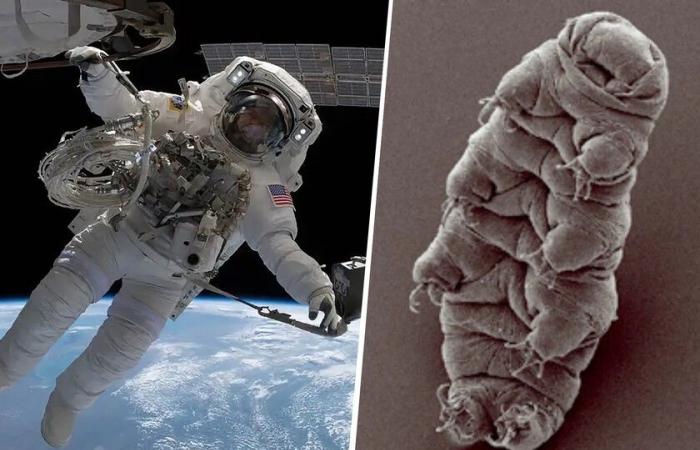-
We know of multiple microorganisms capable of surviving the extreme conditions of space
-
Tracy Dyson and Matt Dominick will collect samples outside the International Space Station for analysis on Earth
NASA astronauts Tracy Dyson and Matt Dominick have a particular mission. During their next spacewalk, scheduled for June 24, they will venture into space to collect living things attached to the outside of the International Space Station.
Life in space? Outside the ISS, temperatures fluctuate between a scorching 120ºC and a frigid -100ºC. And without protection from the Earth’s atmosphere, radiation levels are extreme.
Although it may sound like science fiction, the reality is that we have documented multiple microorganisms capable of surviving these extreme conditions. They are known as Extremophiles, and can be kept alive in a dormant state to regain their metabolic activity once environmental conditions become more favorable.
The fascinating world of Extremophiles. One of the best-known examples of Extremophiles are tardigrades, which have been the subject of multiple experiments and have demonstrated incredible resistance to outer space.
These tiny eight-legged invertebrates could even be living on the Moon. In 2019, the Israeli probe called Beresheet crashed on the lunar surface. I was carrying dehydrated tardigrades as part of a “library” project. And although we do not know if they survived the impact, they could still be there in a state of cryptobiosis, a form of dormancy in which they can live without water and in extreme conditions.
In addition to tardigrades, we know bacteria and other even smaller microorganisms that are even more resistant and can withstand these harsh conditions for years.
Experiments outside the ISS. Over the years, astronauts have installed spore-forming bacteria and fungi on the outside of the space station, demonstrating that they can survive up to two years exposed to the conditions of Earth orbit.
A study published in January detailed how some species of bacteria and fungi deposited on cotton and attached to metal rods outside the ISS were still alive after two years in the vacuum of space.
“The main factors for long-term survival could be their dehydration and drying by partial freezing in the vacuum of near-Earth space,” explained the authors of the study. And it is not an isolated case: a team of Japanese researchers discovered in 2020 that the bacteria Deinococcus radiodurans can live three years in space.
Space walk. The spacewalk was scheduled for this Thursday, but certain discomfort on the part of one of the astronauts with his suit has forced it to be postponed to June 24, after the return of Boeing’s Starliner ship.
Dyson and Dominick will collect samples from outside the International Space Station to analyze them on Earth to see if there are still living organisms. This experiment could help unravel one of the great mysteries of the universe: is there life beyond Earth?
Image | POT
In Xataka | We usually associate the color green with life, but if there is life on other planets, it is most likely purple






